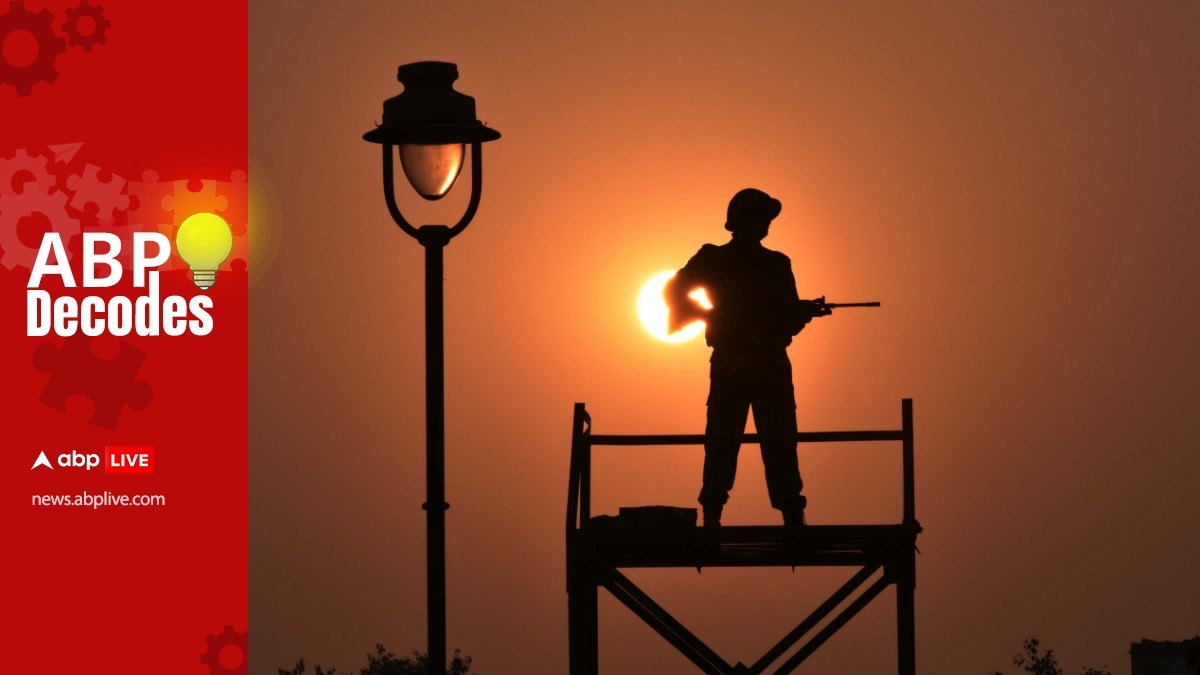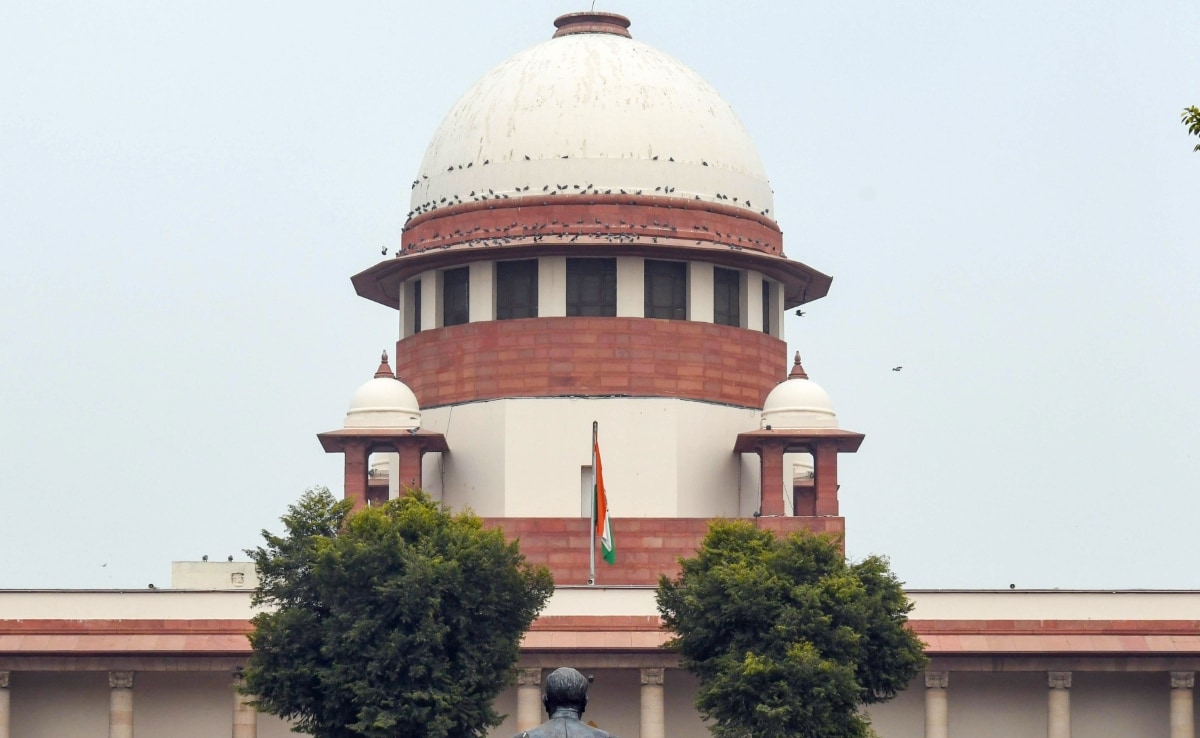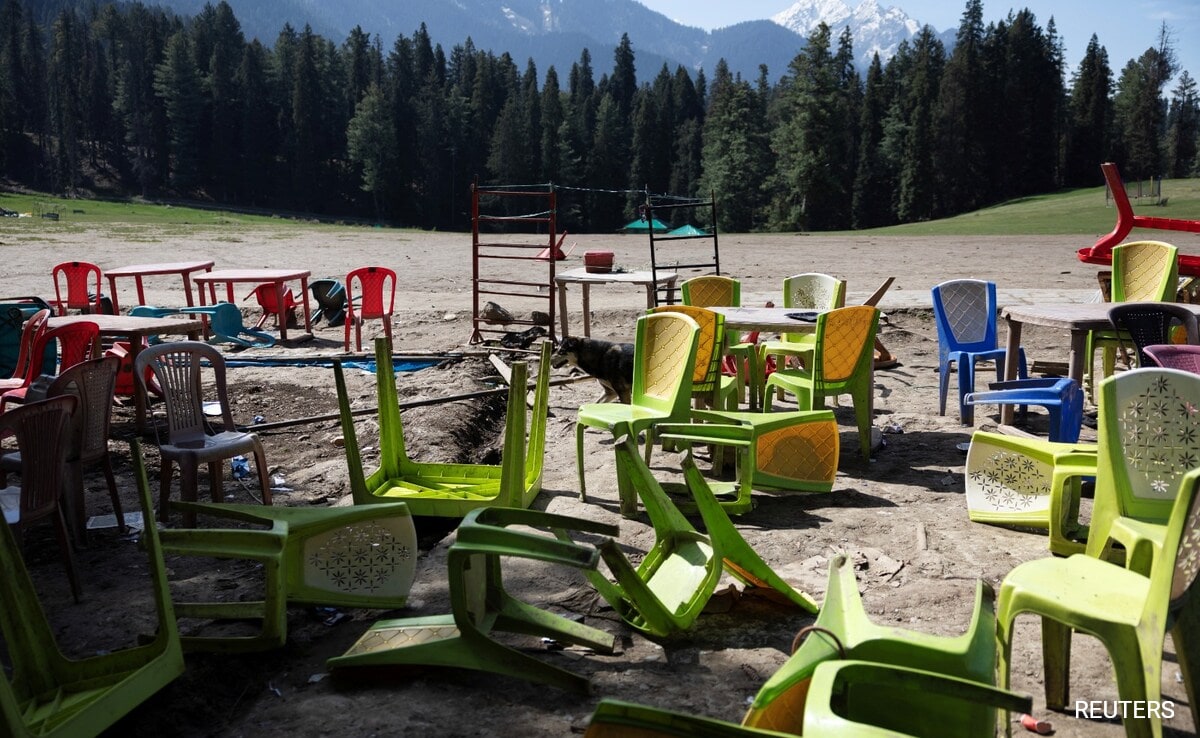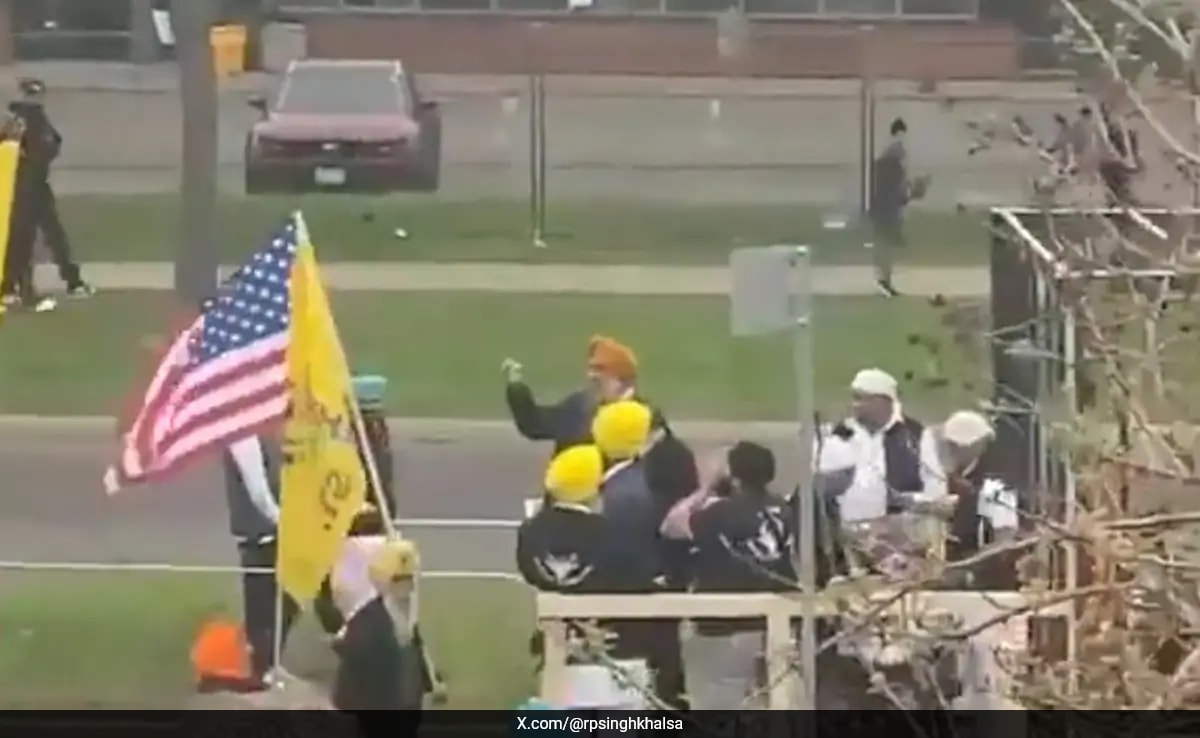<p>The ‘Cold Start’ doctrine has once again become the subject of national and international attention amid rising tensions in South Asia. Designed as a limited-war strategy, the doctrine aims to allow a country to launch swift and precise military operations against conventional threats without crossing the nuclear threshold.</p>
<h3><strong>What Is ‘Cold Start’ Strategy</strong></h3>
<p>The strategy focuses on speed and surprise — enabling offensive operations within a tight timeframe, often within 48 hours of a provocation. It relies on integrated battle groups (IBGs), which bring together infantry, artillery, and armoured units in a synchronised and self-contained format, capable of launching and sustaining attacks with minimal preparation time.</p>
<p>Although many of its specifics remain classified, military experts describe the doctrine as one of network-centric warfare — utilising advanced communication, surveillance, and information technology to support decentralised but coordinated troop movement and combat capabilities.</p>
<p>The objective is to neutralise the enemy’s capacity for large-scale retaliation while avoiding escalation into full-blown war. This is especially relevant in scenarios where rapid retaliation is politically or strategically necessary, yet the threat of nuclear engagement looms.</p>
<h3><strong>‘Cold Start’ Doctrine In India</strong></h3>
<p>The Cold Start doctrine emerged in India’s strategic discourse after the 2002 military standoff between India and Pakistan, known as Operation Parakram. Following the attack on India’s Parliament by Pakistan-backed militants, the Indian Army took nearly two months to mobilise troops along the western border — a delay that exposed significant operational gaps. This prompted military planners to push for a swifter mobilisation model that would reduce preparation time from weeks to days.</p>
<p>The doctrine was reportedly formalised by the Indian Army in 2004, marking a shift away from India’s traditionally defensive posture since Independence, Indian Express reported. It aimed to reduce mobilisation time, incorporate information technology into combat logistics, and develop a credible retaliatory option that remains below the nuclear threshold — a concern central to India-Pakistan hostilities.</p>
<h3><strong>Indian Army Chiefs On ‘Cold Start’ Doctrine</strong></h3>
<p>Despite its reported implementation, Indian army chiefs have made varied remarks on the existence of any such doctrine over the years.</p>
<p>In 2009, then Army chief General Deepak Kapoor stated that “a major leap in our approach to conduct of operations has been the successful firming-in of the ‘Cold Start’ strategy,” as per the Economic Times.</p>
<p>In 2010, after the United States raised Pakistan’s concerns about Cold Start, then Army Chief General V K Singh told The Indian Express, “There is nothing called ‘Cold Start’. As part of our overall strategy we have a number of contingencies and options, depending on what the aggressor does. In the recent years, we have been improving our systems with respect to mobilisation, but our basic military posture is defensive.”</p>
<p>He added, “We are not aggressors; however, active defence is part of our defensive strategy. India is a peace-loving nation and does not covet any territory.”</p>
<p>Later, General Bipin Rawat acknowledged the existence of Cold Start doctrine when he became the army chief. “There is a saying that offence is the best defence. We are committed to peace and tranquillity and to keep it there has to be an element of offence in our defence,” General Rawat said in 2017, as quoted by news agency ANI.</p>
<p>”Future wars will be short and intense. Here you have to be prepared to move fast. Acknowledging that it is also to communicate to commander’s that in what way they have to be prepared. Also, weaknesses have to be overcome and this can only happen if you accept the strategy,” he stressed.</p>
<h3><strong>Why ‘Cold Start’ Doctrine Is Back In Focus</strong></h3>
<p>The doctrine has returned to the spotlight in the wake of the recent terror attack in Pahalgam, Jammu and Kashmir — the first attack targeting civilians in the Valley in nearly three decades. India’s initial retaliatory measures have included suspending the Indus Waters Treaty and expelling Pakistani military advisers from Delhi. With experts largely ruling out the possibility of a full-scale war, there is renewed speculation that India may employ the Cold Start strategy for a swift yet limited response.</p>
<p>The government has yet to officially confirm these reports, and the search for the perpetrators continues. But with border tensions flaring and diplomatic relations deteriorating, strategic doctrines like Cold Start are once again gaining prominence in the national security discourse.</p>
World
What Is ‘Cold Start’ Doctrine And Why It’s Back In Focus – Explained
by aweeincm

Recent Post

Aviation Ministry Gives In-Principle Nod For Airports In Rajasthan, Odisha
The civil aviation ministry on Monday granted in-principle approval for ... Read more

Top Court Issues Notice To Centre On Plea Against Blocking 4PM YouTube Channel
The Supreme Court on Monday issued a notice to the ... Read more

India-Pakistan Tensions Highlights: Centre’s Civil Defence Drill Order, Key Meets At PM Office
The Centre has asked several states to conduct civil defence ... Read more

India Lodges Protest With Canada Over “Unacceptable Imagery” At Parade
India on Monday lodged a strong protest with Canada over ... Read more